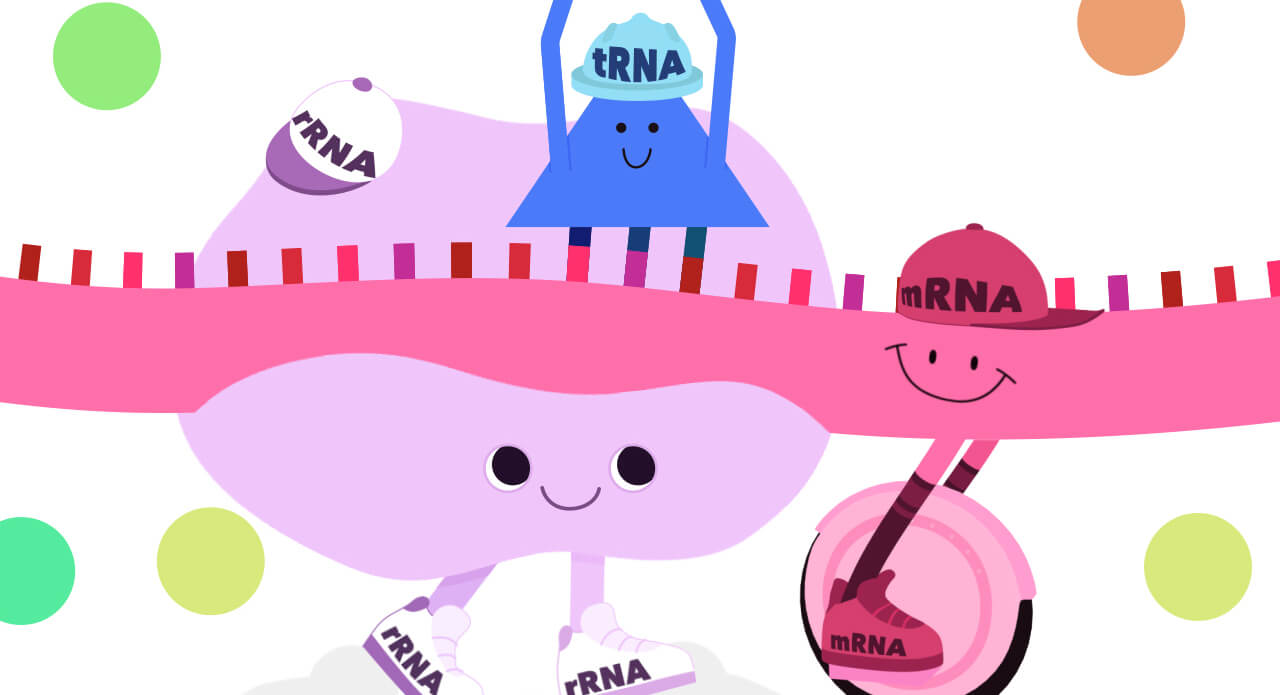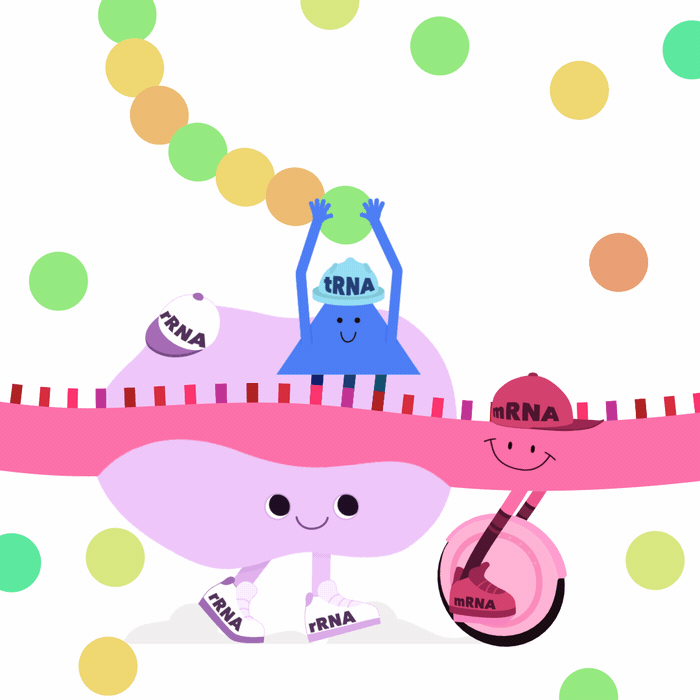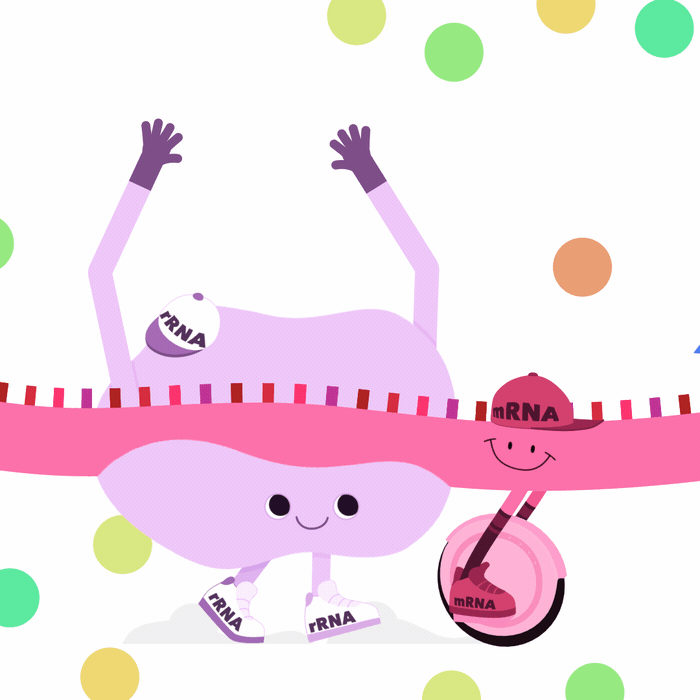The Rise of RNA: The Cellular Workhorse Behind a New Class of Next-Gen Therapies

In a new Get Science series, we’re exploring how recent insights into RNA’s role in a variety of biological processes are helping scientists develop promising scientific breathroughs that may lead to new medicines for diseases, such as cancer and autoimmune conditions.
A workhorse in the factory
Among RNA’s most important roles is the transcription and delivery of genetic instructions from the nucleus to the cytoplasm where proteins are made. RNA also has catalytic, structural and regulatory roles. “RNA has a much bigger role beyond serving as a template for the production of proteins,” says Jane Withka, Director and Collaboration Lead in the Discovery Network Group at Pfizer’s Kendall Square, Cambridge, Massachusetts research site. “It’s like a workhorse of the cell,” she adds.
Although there are a variety of different types of RNA, the “big three” are: mRNA, tRNA and rRNA.
Inside our busy cellular “factories” churning out the proteins that drive life, the different types of RNA all have important jobs on the factory floor. Read on to learn more about the specialized roles of RNA.
mRNA: “The floor messenger”

Messenger RNA, also known as mRNA, kick-starts the process of creating proteins. Carrying genetic instructions copied from DNA, it exits the nucleus and travels to the cytoplasm, attaching to a ribosome. Just as a floor messenger carries specific orders from the boss’s office to the workers on the factory floor, mRNA carries the blueprints needed to begin protein synthesis.
tRNA: “The stockroom specialist”

Transfer RNA, or tRNA, located in the cytoplasm of the cell, ferries amino acids to form protein polypeptide chains in the ribosome. The structure of tRNA is key to its job: one side attaches to a specific amino acid, and the other end, called the “anticodon,” matches with a corresponding segment on the mRNA molecule. In that way, tRNA is the key link ensuring that the right raw materials are added to the correct section of the growing protein chain. Similarly, a factory’s stockroom specialist knows exactly where to deliver supplies to keep the machines running smoothly.
rRNA: “The machinist”

Ribosomes, tiny organelles found freely floating in our cytoplasm, are the “machines” where proteins are synthesized. During protein synthesis, a ribosome moves along an mRNA strand, while interacting with tRNA to form a protein chain. Ribosomes are 60% composed of ribosomal RNA (rRNA). But rRNA’s function isn’t just structural; it serves an important catalytic role by creating chemical bonds between two amino acids to form a polypeptide chain. As a “machinist,” its job is to operate the tools that create the finished product.
